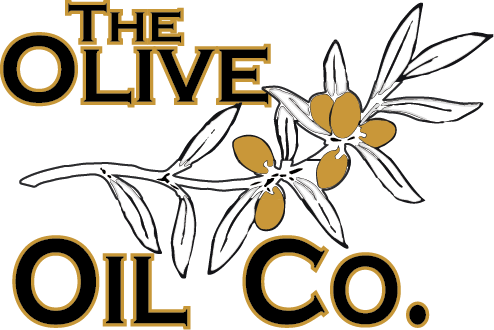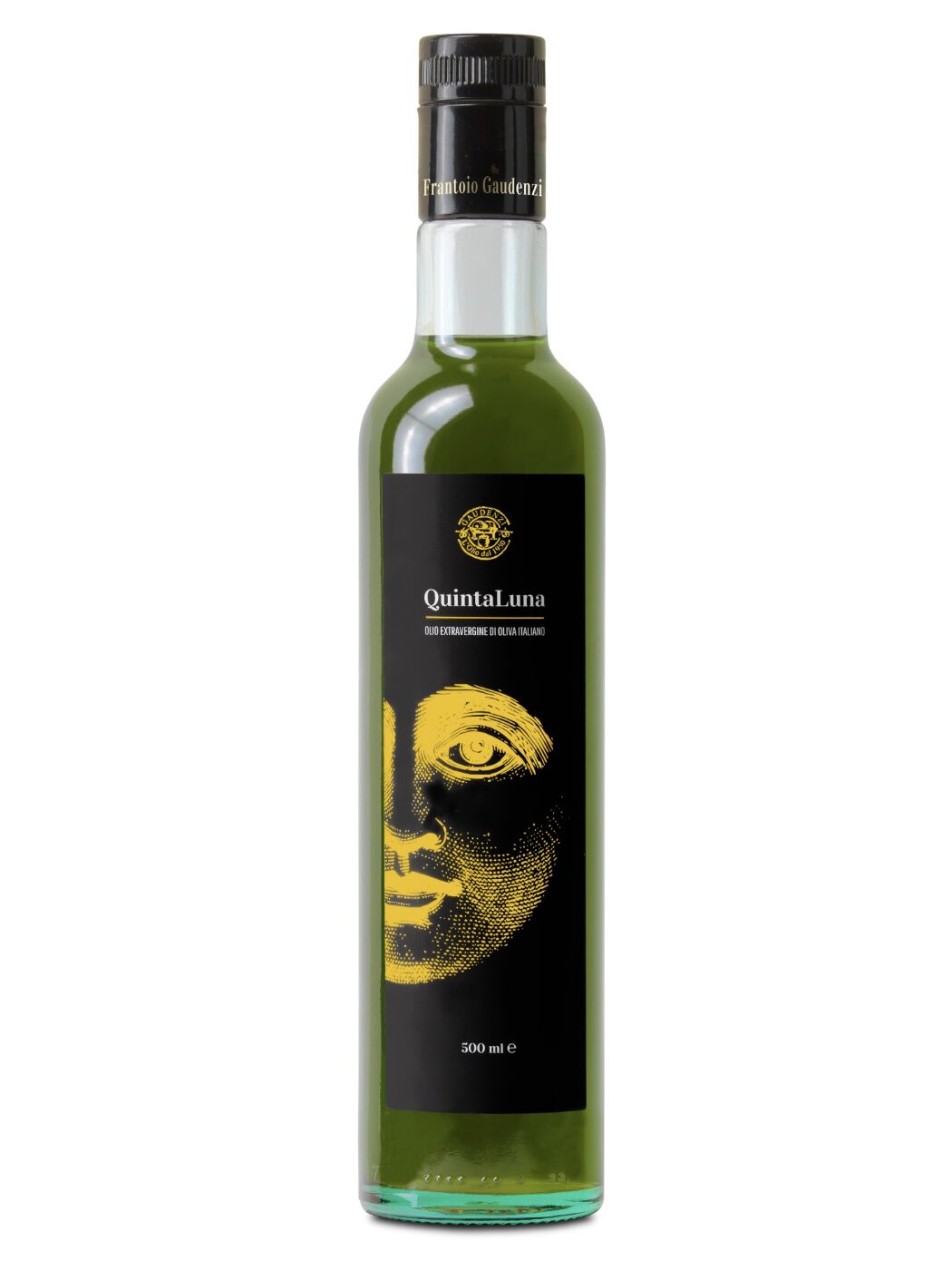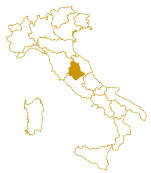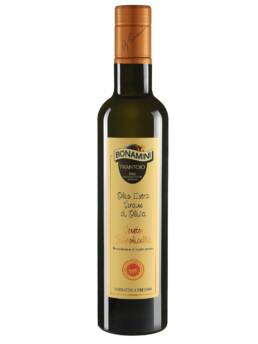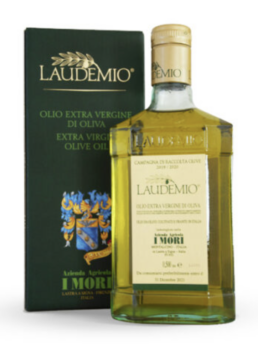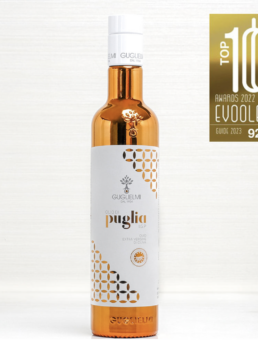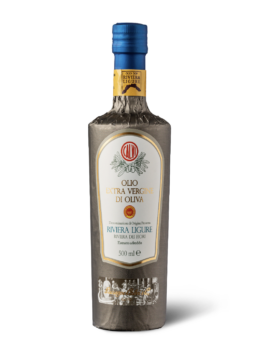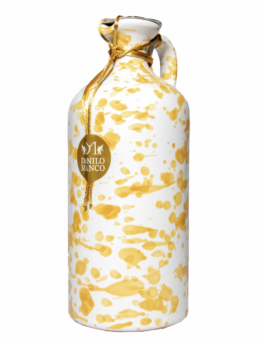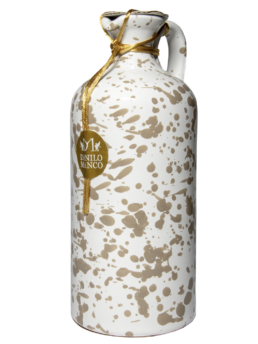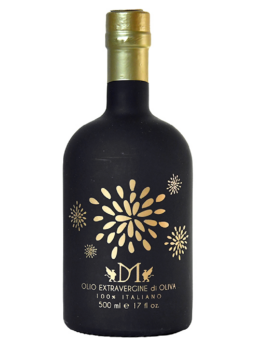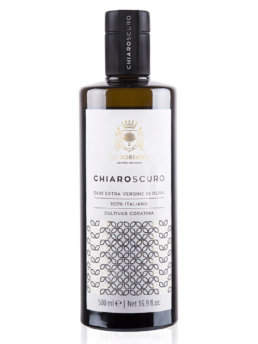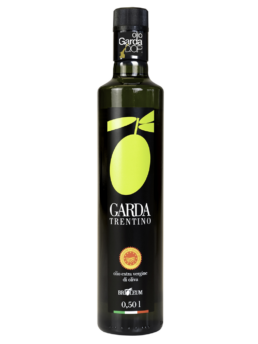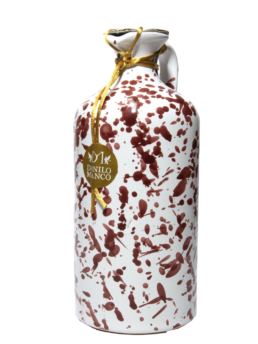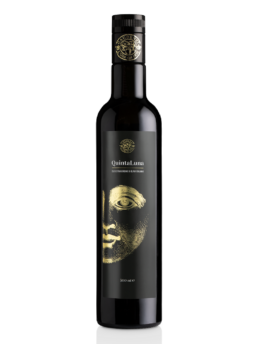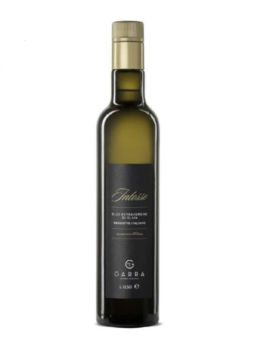53 in stock
DESCRIPTION: Novello “FIRST PRESS” Frantoio Gaudenzi. ***LIMITED AVAILABILITY****
It is produced with olives of the Moraiolo, Leccino e Frantoio cultivars harvested within the first half of October, Its color is intense green, and rich of flavors at the nose. Notes of artichoke and green apple and a perfect balance between bitter and spicy emerge during the tasting. Only to use raw on grilled meat and vegetables, soups, or just toasted bread.
COLOUR: Intense green
ACIDITY: 0,2%
CULTIVAR: Frantoio, Leccino, Moraiolo
INTENSITY: Medium to robust
TASTE: Intense bitter and spicy and in perfect balance.
SCENT: Rich in nuances with intense herbaceous, notes of fresh grass
PRESSING: Cold extraction
UNFILTERED
HARVEST: End of September -First half of October 2024
Honour & AWARDS:
FLOS OLEI DI MARCO OREGGIA:
– TOP 20 Mondiale nel 2016, 2018 e 2020
– Sol di Bronzo nel 2015
– Gran menzione nel 2016 e 2017
Slow Food – 3 Olives nel 2011
– Olio Slow in 2012, 2013, 2014, 2015, 2016, 2017 e 2018
GAMBERO ROSSO
– 3 leaves in 2011, 2012, 2013, 2014, 2015, 2016, 2017 e 2018
Quantity: 500 ml
Are you a trade customer? If you are a trade customer, please email us at trade@theoliveoilco.co.uk
Raw on any type of dish. Ideal on bruschetta, soups, and cut slices
MEATBALLS in TOMATO SAUCE
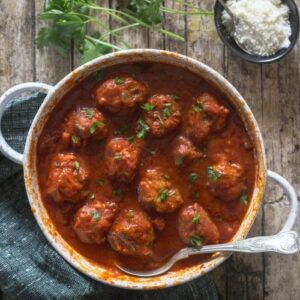
Ingredients
60 ml QUINTALUNA extra virgin olive oil
1 onion, minced
6g minced garlic
17 gr. tomato paste
1 can crushed canned tomatoes, (preferably San Marzano)
16 g salt, plus more for seasoning
½ teaspoon black pepper
Meatballs
900 g ground beef, 80% to 90% lean meat
2 large eggs
130 g breadcrumbs, plain or Italian-style
20 g parmesan cheese, freshly grated, plus more for garnish
72 g yellow onion, finely minced
g salt
teaspoon black pepper
teaspoon Italian seasonings, omit if using Italian-style breadcrumbs
3 g minced garlic
sliced basil, for garnish
Tomato Sauce
In a large pot or dutch oven, heat olive oil over medium-low heat. Once hot, add the onion and garlic, sauté until the onions are translucent, about 3 minutes.
Stir in the tomato paste and cook for 1 minute. Stir in the crushed tomatoes, salt, and pepper. Simmer covered, with lid slightly ajar to prevent splattering for 30 minutes, stirring occasionally. Season with salt and pepper to taste.
Meatballs
Set the oven rack to the lower-middle position and set it to broil. Line a large baking sheet with foil and lightly grease it with olive oil. Set aside. In a large bowl, add the ground beef, eggs, breadcrumbs, parmesan cheese, minced onion, salt, black pepper, Italian seasoning, and minced garlic. Use hands to mix thoroughly until combined.
Measure and roll the ground beef mixture into ⅓ cup (3 ounces) rounds, about the size of an egg. Evenly space the pieces on the baking sheet, there should be about 14 to 15 meatballs.
Broil the meatballs until the surface is browned, about 10 to 12 minutes. Turn over and cook for an additional 2 to 3 minutes to lightly brown the other side.
Transfer the meatballs to the tomato sauce. Cover the pot with the lid slightly ajar, simmer on low heat for at least 1 ½ hours, checking and stirring every 20 minutes, or as needed. The meatballs should be fork tender when sliced.
At the end of cooking, adjust the consistency of the sauce with water if needed, about 1 tablespoon at a time. Season to taste with salt and pepper.
Serve the meatballs
Shipping and Handling
Delivery charges are: £5 for orders of up to £25, £3.95 for orders up to £35, £2.95 for orders up to £45. Delivery is FREE for orders over £45 before transport and any Vat where applicable (for UK customers only excluding Islands, please contact us if you don’t live in this area). We do not Ship outside the UK.
UK Remote areas and offshores where extra fees apply
ROAD SERVICE OPTIONS
|
Scottish Highlands and Offshore Options
|
Delivery Schedule
We deliver Tuesday to Friday. Orders placed by 1pm will be dispatched the same day and will be delivered by our approved courier to arrive within 48 hours. Please be aware that all packages MUST be signed for, checked first and cannot simply be left in a garage or porch.
Orders placed after 1pm will be dispatched the following day.
Back Orders
Because we use small suppliers and sell a lot of seasonal products, all goods featured on our website are subject to availability. We endeavour to keep the website updated but if a product you order should be unavailable you will be notified of this by phone or email and given the chance to choose an alternative item, cancel your order completely, or put it on back order to wait until it is in stock (we will ship your other items to you if you wish).
If we are unable to contact you we will go ahead and dispatch the rest of your order without the said item.
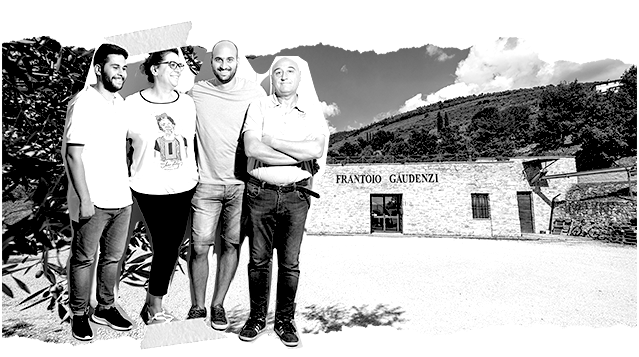
This story begins with Vittorio Gaudenzi immediately after the war and continues today with his son and his grandchildren: Francesco and his wife Rossana, their children Andrea and Stefano. As it happens – needless to say – oil is the common thread of their lives and their family. A story made of love for the land and decisive choices; of dedication and passion in the artisanal production of high quality extra virgin olive oil.
Add a review Cancel reply
In a cool, dry place. Protected from light, heat sources and unpleasant odors. Once opened, minimize exposure to air.
Best consumed within 18 months from the date of bottling.
Why does olive oil get cloudy and thick?
Probably at some point you’ve seen some white lumps in the olive oil you store at home, but you know why?
If you’re a long time olive oil user then it’s possible that at some point you’ve noticed white crystals in the olive oil you keep at home. But do you know what they are and why they are there?
To explain, let’s start by comparing the freezing process of olive oil and water:
Water is a homogeneous liquid made entirely of H2O (hydrogen and oxygen) molecules. Since it’s made of one type of molecule, all of its particles freeze at the same temperature: 0ºC (32º fahrenheit). As the temperature lowers, the movement of the water molecules becomes slower until the water reaches freezing temperature at 0ºC, at this point the molecules stop moving and the water freezes and becomes solid: ice.
A similar process takes places with olive oil, but olive oil is not a homogeneous liquid like water is. The difference is that olive oil is made of a few different molecules, called triglycerides, and each has its own freezing temperature. The freezing point of these different molecules ranges between 0ºC and 15ºC depending on the fatty acid composition. The colder the olive oil gets, the greater the number of molecules that will start solidifying. Cold temperatures is the reason some white crystals may appear in your bottle of olive oil, especially during winter months.
Does that mean the olive oil is not good to use?
Not at all! The olive is perfectly fine without causing any nutrient loss. The freezing process is perfectly natural and has no impact on the quality of the olive oil.
In colder homes and countries in the Europe, olive oil can freeze under normal conditions, especially during the winter. In these cases, don’t worry and just remember that it’s actually better to store olive oil at a cold temperature. Cold temperatures prevent degradation of the olive oil., be sure to store your olive oil in the coldest place in your kitchen or pantry, to keep it as fresh as the first day you got it.
